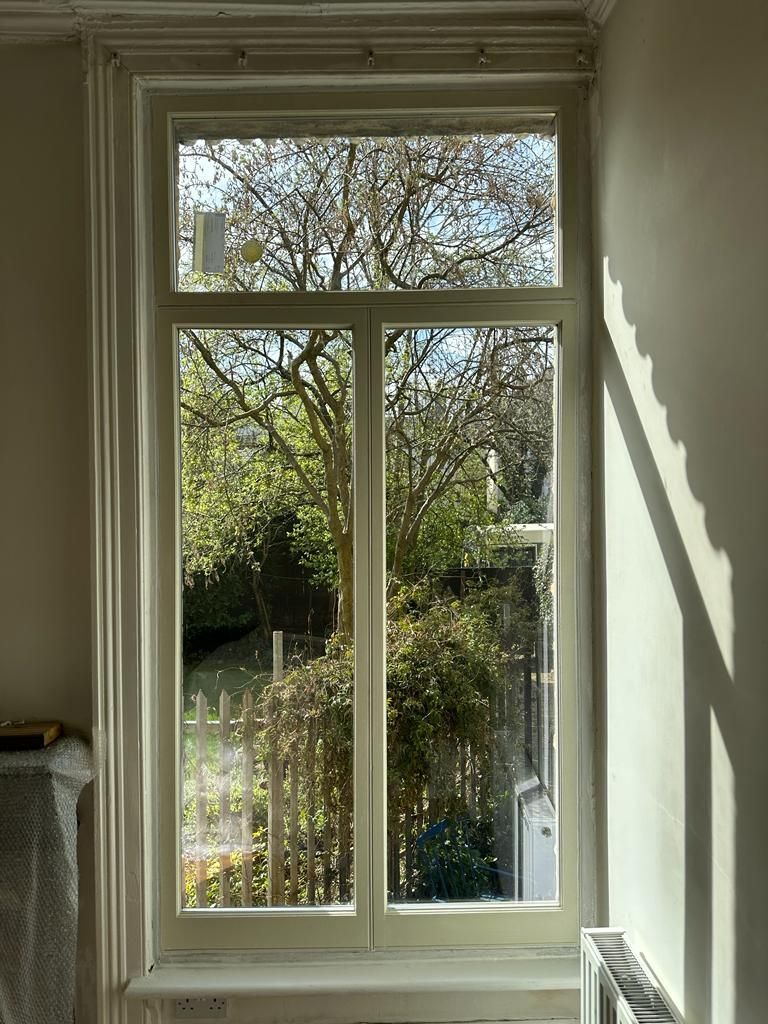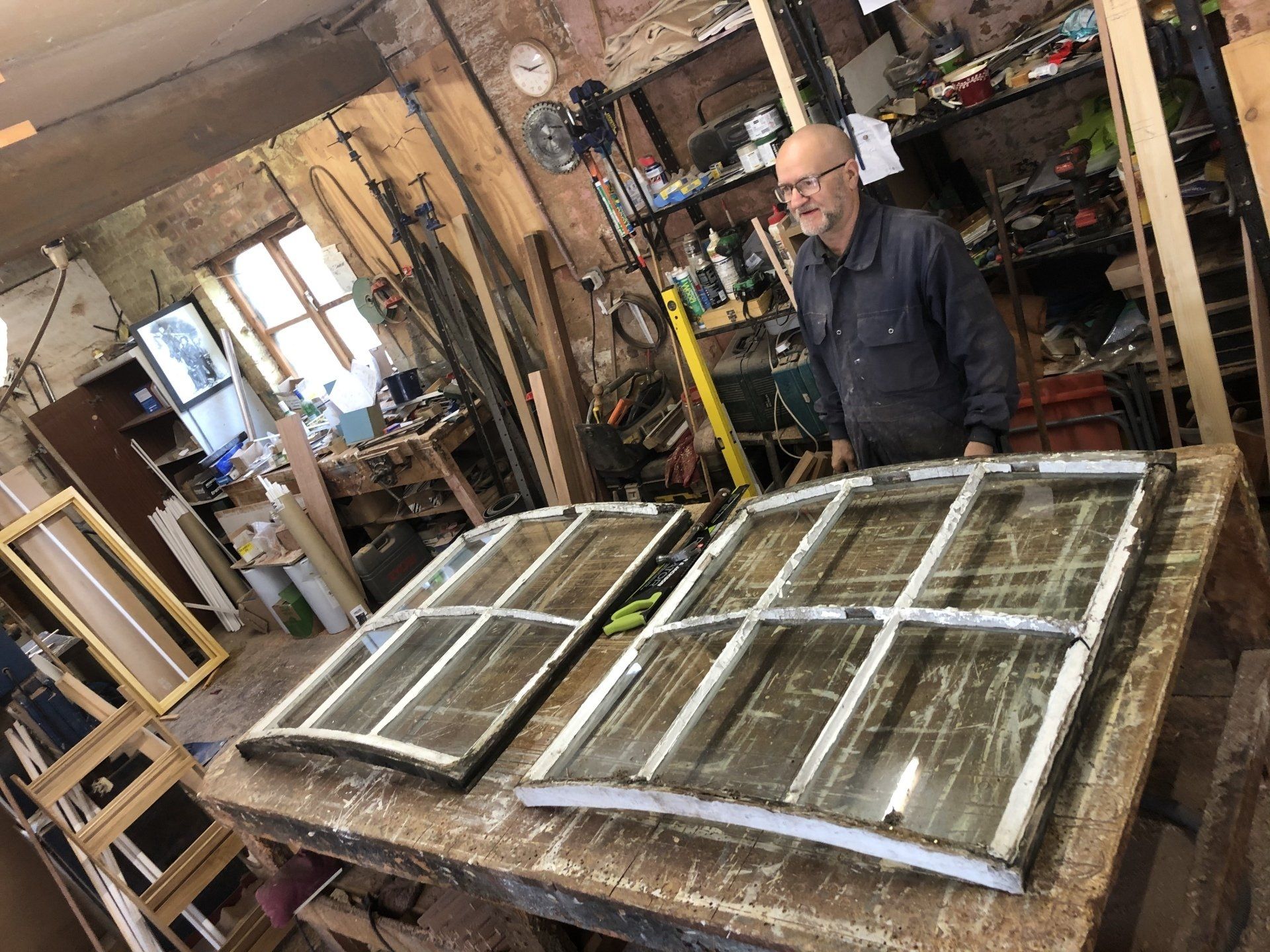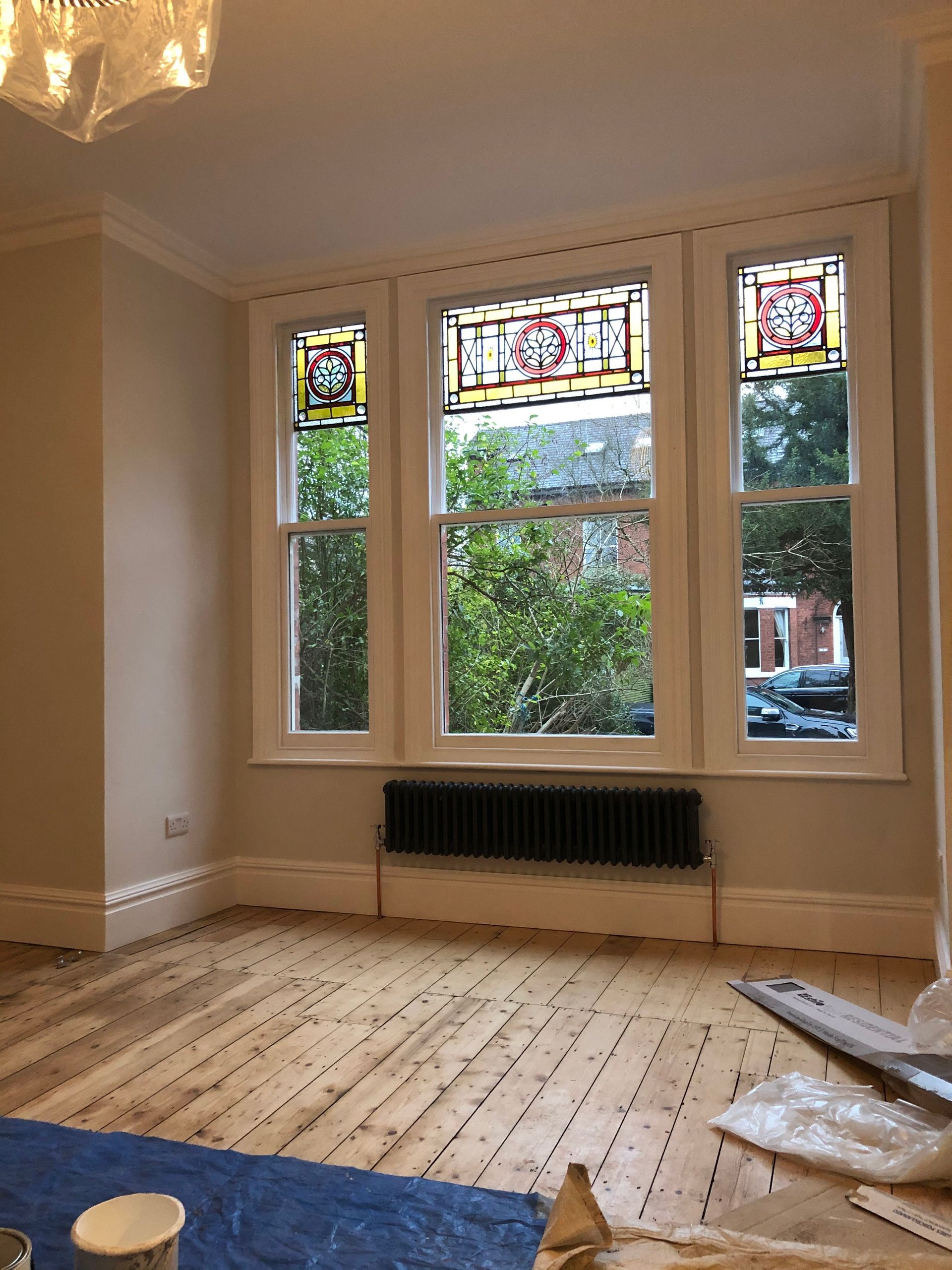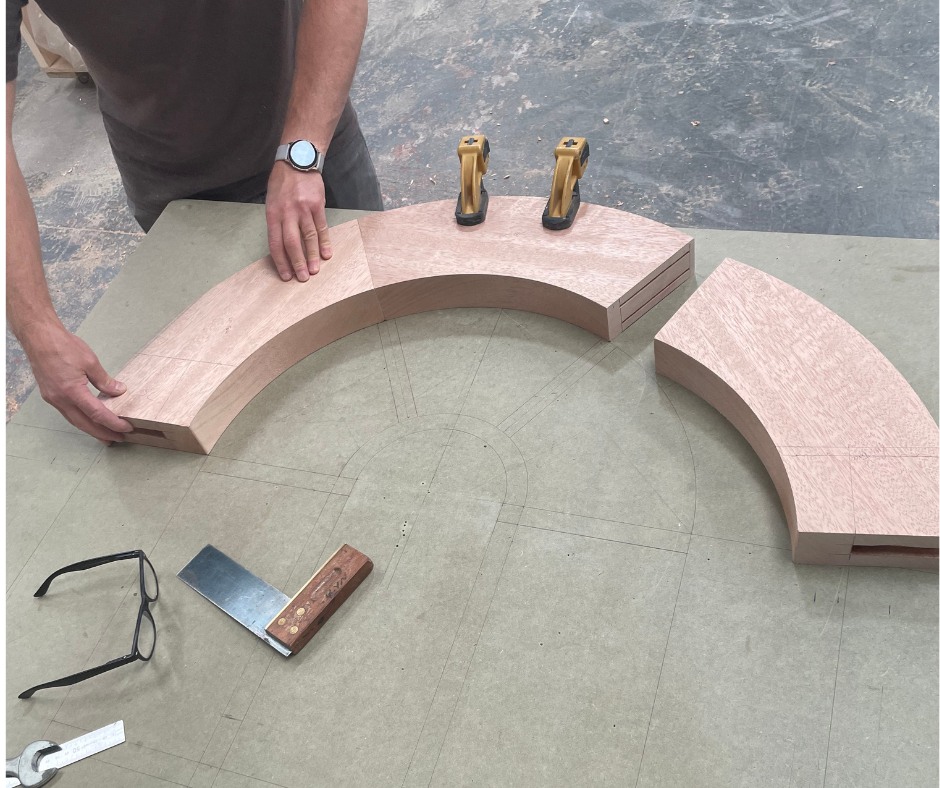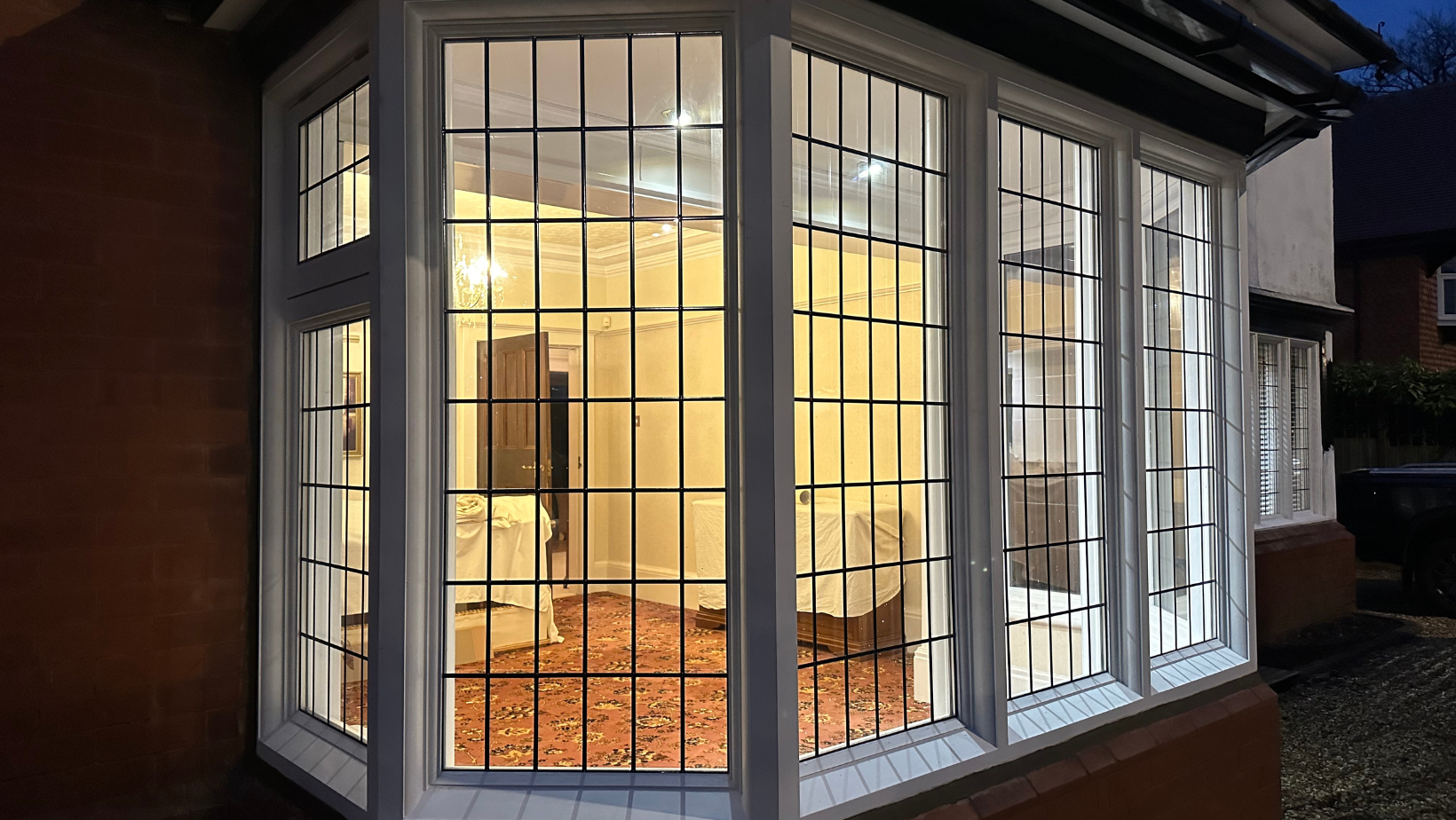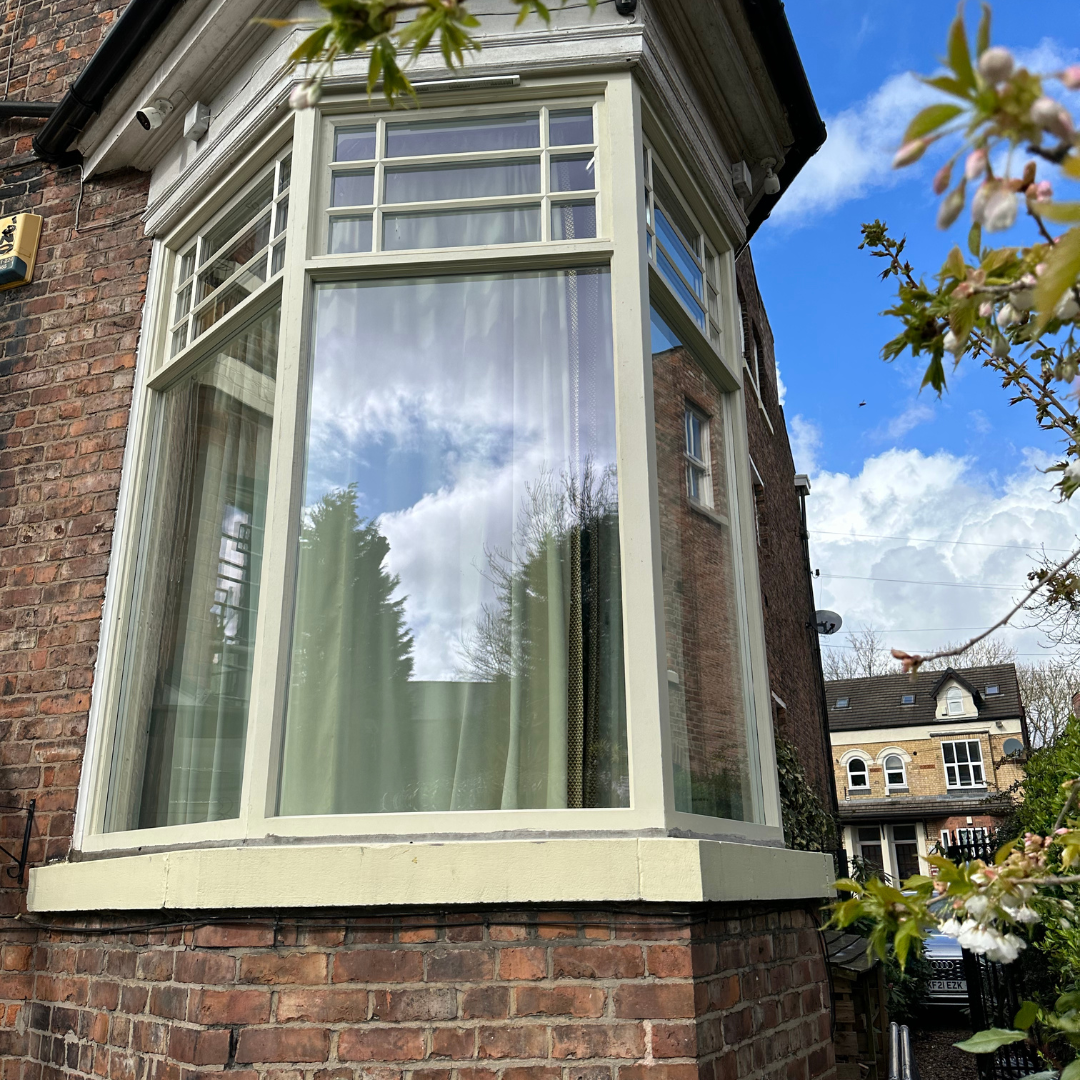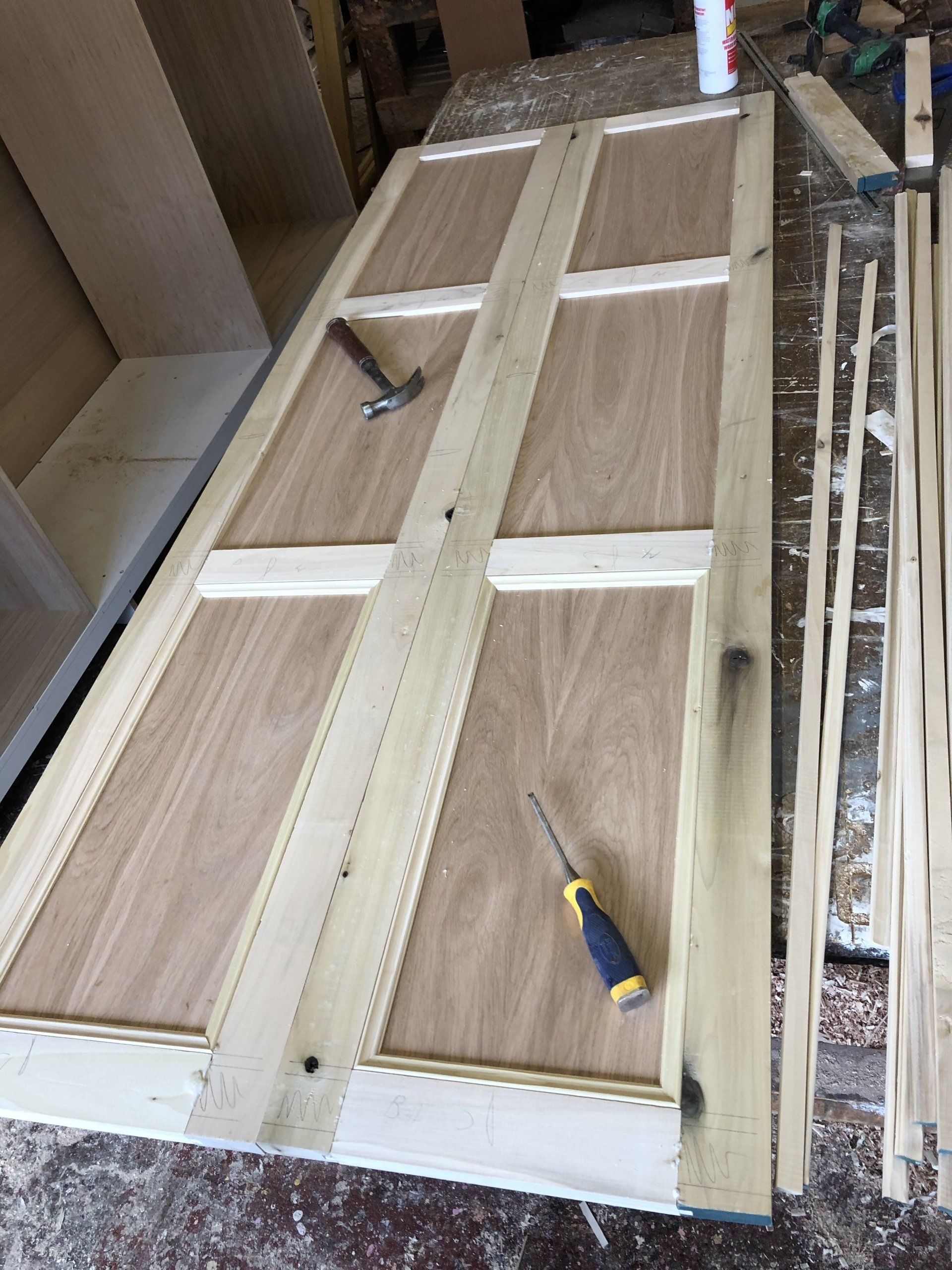Signs Your Sash Windows Need Maintenance
Signs Your Sash Windows Need Maintenance

Sash windows have a distinctly ‘British’ feel about them, largely due to their common appearance in English heritage properties such as Edwardian and Victorian era homes. Their age, and the age of the properties they are found in, does mean they can become prone to issues however.
To help spot problem early we’ve compiled a list of the most common signs your windows need a little TLC.
Frame Timber Decay
Overtime water can cause the wooden frame of your sash window to rot. Windows that have been repaired in the past can be particularly susceptible to this if not done properly as they leave a small whole for water to penetrate over time.
To test for timber decay, simply take a thin bladed knife and gently push it into the frame of the window. Don’t push to hard or you might create a hole where water can entre the frame, but if rot has begun to take hold the wood will feel quite spongy and not very firm.
If you suspect your windows are starting to decay, you should call us straight away for an onsite visit. Caught early enough, many cases of rot can be treated via a simple restoration project. If caught late on or ignored however, a complete sash window replacement might be needed.
Windows Sticking or Becoming Hard to Open
A number of issues can result in windows sticking, but most commonly it is down to loose corner joints. Typically, the deterioration of the glue holding the timber together will loosen the joints but the natural cycles of expansion and contractions between summer and winter months, moister in between the joints, or simple rot can also be the culprits.
Very often loose corner joints can be fixed with a simple restoration service, avoiding the complete replacement of a window. If ignored, water can penetrate further into the frame creating far more serious issues.
Loose Hinges & Screws
Older windows usually use plain steel screws in the hinges. Overtime, moister rusts the screw away and rots the wood around it. Given enough time, the screws become lose, impacting the whole mechanism.
This issue can be compounded if someone has tried fixing the issue by using a larger screw as this simply widens the whole without treating the rot.
This is another issue that can be solve in most cases via a restoration service rather than a complete replacement. For the DIY savvy this might even be a project for you to tackle by drilling out the holes and replacing with glued dowels. Be sure you know what you’re doing when trying this though as you could cause more issues by butchering the frame.
Broken Cords
Simple wear and tear that comes with a working household will eventually fray, then snap the cords that operate your sash windows. Very often this is a simple DIY job to record the window. If your sash windows have a more complicated mechanism to them however, you should probably call in an expert who will know how to disassemble and
reassemble everything.
Whistling Windows
Especially noticeable in the winter months, whistling windows or a draught coming from your sash windows suggests the putty or beading that seals the joints has begun to fail.
As this issue only really manifests in the worst of Stockport’s weather, it can be easily ignored for half the year. This is a big mistake though as, although you only hear whistling windows when its very windy, failed putty means water can get into the joints and begin rotting the wood.
As such, we tell all our clients to give us a call should their windows ever start making a whistling sound.
Flaking & Degraded Paint
With timber sash windows being exposed to the elements its important to keep them protected from the worst of the weather. As with many of the above problems, water is the biggest danger to a timber sash window so ensuring they are well
maintained both inside and out will help protect against most issues.
For this reason, ensure any flaking or degraded paint is repainted as soon as possible. As sash windows are hard to paint when wet, it’s also best to check for issues in warmer weather when you can act on problems immediately.
After fitting sash windows for our clients, we typically advise them to check their windows every 6 months for damage, and to repaint them every 3 years. This minimal level of maintenance will usually avoid most issues.
Tips For Sash Window Maintenance
Cleaning: To keep your sash windows in good repair, aim to clean them once a month. For the best results, use a microfibre cloth. This prevents static build-up which attracts dust and dirt back to the window.
This monthly clean not only removes grim, but it also allows you to pay a bit more attention to them and spot emerging problems.
Insulation: Sash windows have a reputation for being draughty. This is not down to their design, however. It’s usually because the putty and glue that binds the timber has degraded. During your monthly clean of your windows, you’ll likely notice any damaged insulation, gaps between joints, or just a draught coming through.
If you spot any of these issues then solving them quickly can stop potential problems becoming a major issue.
Oiling: Sliding sash windows are prone to lots of wear and tear as the window rubs against the frame. Keeping them well oiled avoids these issues by ensuring a smoother action.
Painting: Sash windows should be painted immediately if you notice any flaking, but even if you don’t, we recommend a new coat every 3 years. This ensure the sections of the window that are outward facing and exposed to the elements are protected at all times.
